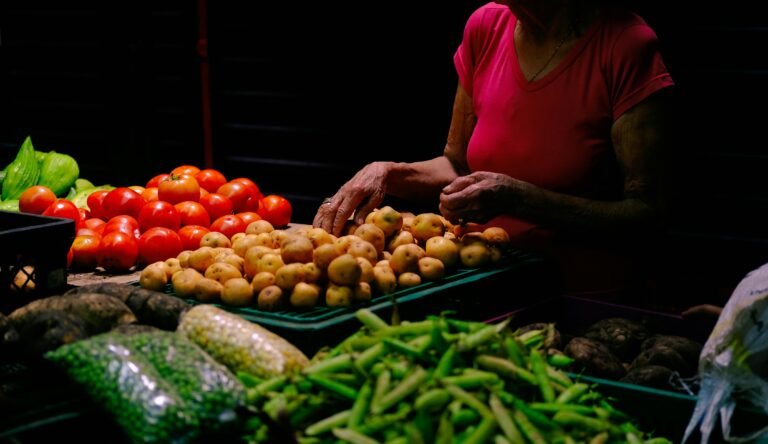Eating in the canteen: how to regulate your diet?
Many people ask me how to eat in the canteen and make healthy choices in order to stay in weight or lose weight while not knowing exactly how the dishes in the canteen are cooked or offered.
In this article I will try to give generic answers that can be applied to almost everyone, regardless of a specific situation, and which I hope will help you. If you don’t eat in the canteen but still eat out, here is the diet for those who eat out.
These same recommendations also apply to buffets or other “free food” situations in which we have to choose and serve ourselves.
If, on the other hand, your problem is the buffet at aperitifs or in other leisure situations, read how to have an aperitif without getting fat .
HOW TO EAT IN THE CANTEEN IF YOU ARE ON A DIET OR DO NOT WANT TO Grease
-
No to first courses and baked pasta.
Generally we are linked to the habit of eating a first course for lunch, and a second course with a side dish for dinner. Well, maybe if we are in the canteen for lunch it is appropriate to change this habit for two reasons.
The first: in many dishes, cream or oil is added while they are served, to prevent the pasta or rice from drying out.
So a lasagna or rice salad or stir-fried pasta are real attacks on the line.
The second reason is that often the cooking is not al dente, making the glycemic load of the first course higher.
In the uncertainty of knowing how they are prepared, it is better to abstain entirely from first courses. -
No side dishes and elaborate dishes.
It would be easy to say at this point, eat vegetables. But even here, it depends on how much oil or butter was added during preparation and also throughout the day. Same thing for those second courses that, although not apparently fried, exude oil and fats, like some meat-based preparations, stews, baked second courses in trays.
Here too, it is better not to give in to temptation. -
What remains?
Those who have to eat in the canteen and are on a diet are therefore limited to a few choices. But not very few. Let’s see them together on page two.





























+ There are no comments
Add yours